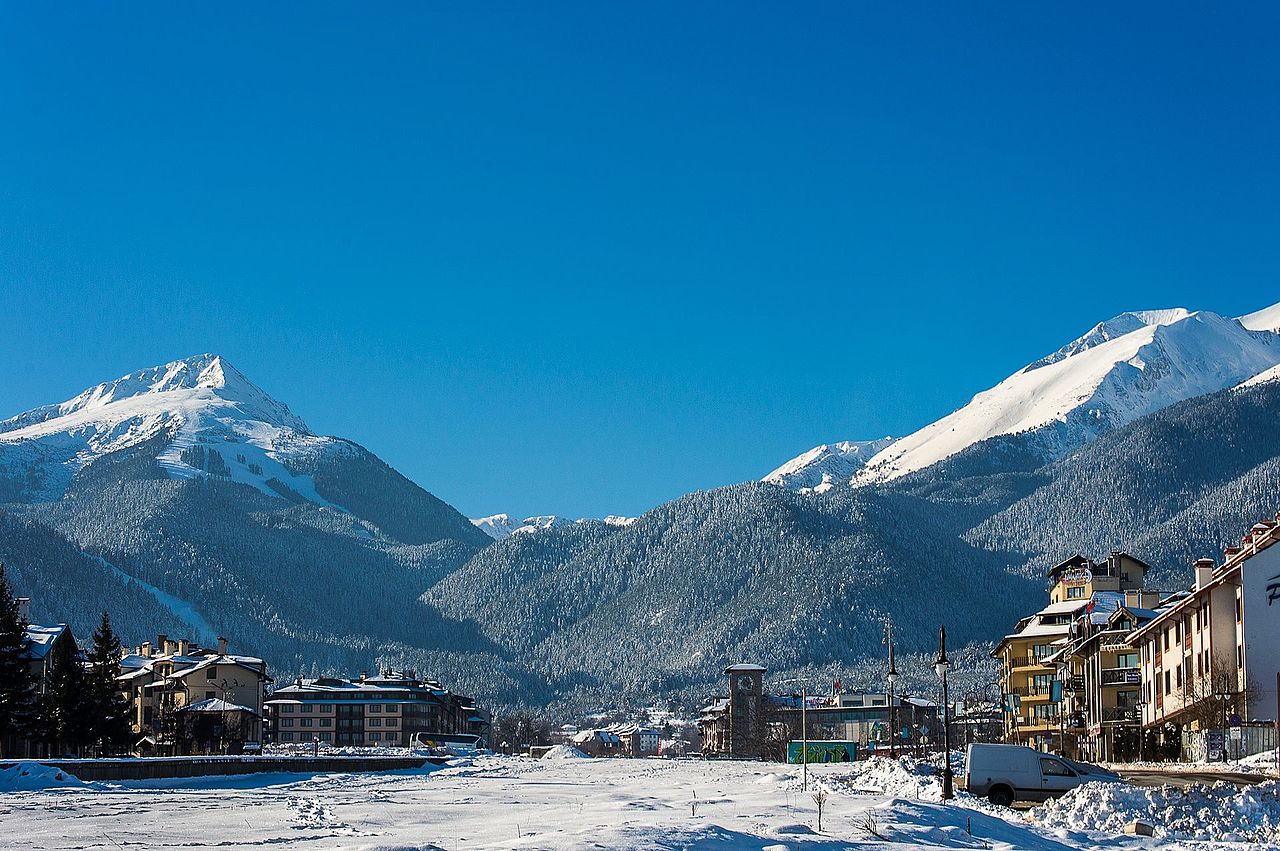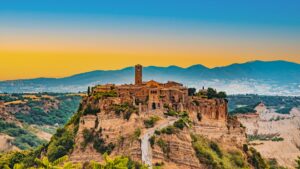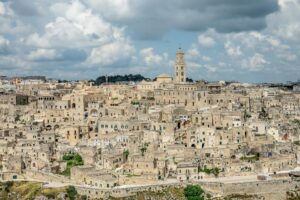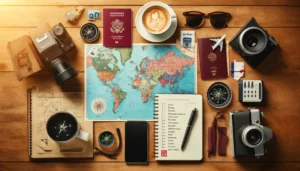Are you ready for your next adventure? Nestled at the foot of the majestic Pirin Mountains, Bansko is Bulgaria’s premier mountain resort, offering a perfect blend of outdoor adventure, rich history, and modern amenities. Whether you’re visiting in winter or summer, Bansko promises an unforgettable experience with its stunning landscapes, vibrant culture, and wide range of activities. Let’s dive into everything you need to know to make your trip to Bansko a breeze!
Geographic Location
Bansko is located in southwestern Bulgaria, at the base of the Pirin Mountains, about 160 kilometers (100 miles) from the capital, Sofia. This charming town is positioned at an elevation of 925 meters (3,035 feet), making it a prime destination for mountain lovers. Whether you’re coming for the world-class ski slopes in winter or for hiking in the summer, Bansko is perfectly situated for nature enthusiasts.
History and Culture
Bansko is not just about adventure—it’s a town rich in history. Dating back to the Ottoman Empire, Bansko has preserved much of its traditional architecture, offering visitors a glimpse into Bulgaria’s cultural past. As you wander the cobblestone streets, you’ll find 19th-century houses, many of which are now museums showcasing local traditions, art, and crafts. Don’t miss the Holy Trinity Church, a symbol of Bansko’s resistance and resilience during Ottoman rule.
The town is also the birthplace of notable figures in Bulgarian history, such as the revolutionary Neofit Rilski. Bansko’s vibrant cultural scene is reflected in its annual Jazz Festival, one of the largest in Europe, drawing thousands of music lovers each August.

Climate and Weather
Bansko enjoys a temperate climate, with snowy winters and warm summers. If you’re coming for skiing, the season typically runs from December to April, with excellent snow conditions. Summers in Bansko are mild and pleasant, with average temperatures around 25°C (77°F), perfect for hiking, biking, and exploring the mountains.
How to Get to Bansko
Getting to Bansko is relatively easy, especially if you’re coming from Sofia. The most common way is by car, which takes about 2 hours via the A3 highway (100 miles/160 kilometers). You can also take a bus from Sofia’s central bus station, with several departures daily. For an even more scenic route, the narrow-gauge railway from Septemvri to Bansko offers breathtaking views of the countryside, though it takes longer.
Things to See and Do
Bansko is a year-round destination, and there’s no shortage of things to see and do, whether you’re an adrenaline junkie or a culture buff.
Main Tourist Attractions
1. Bansko Ski Resort

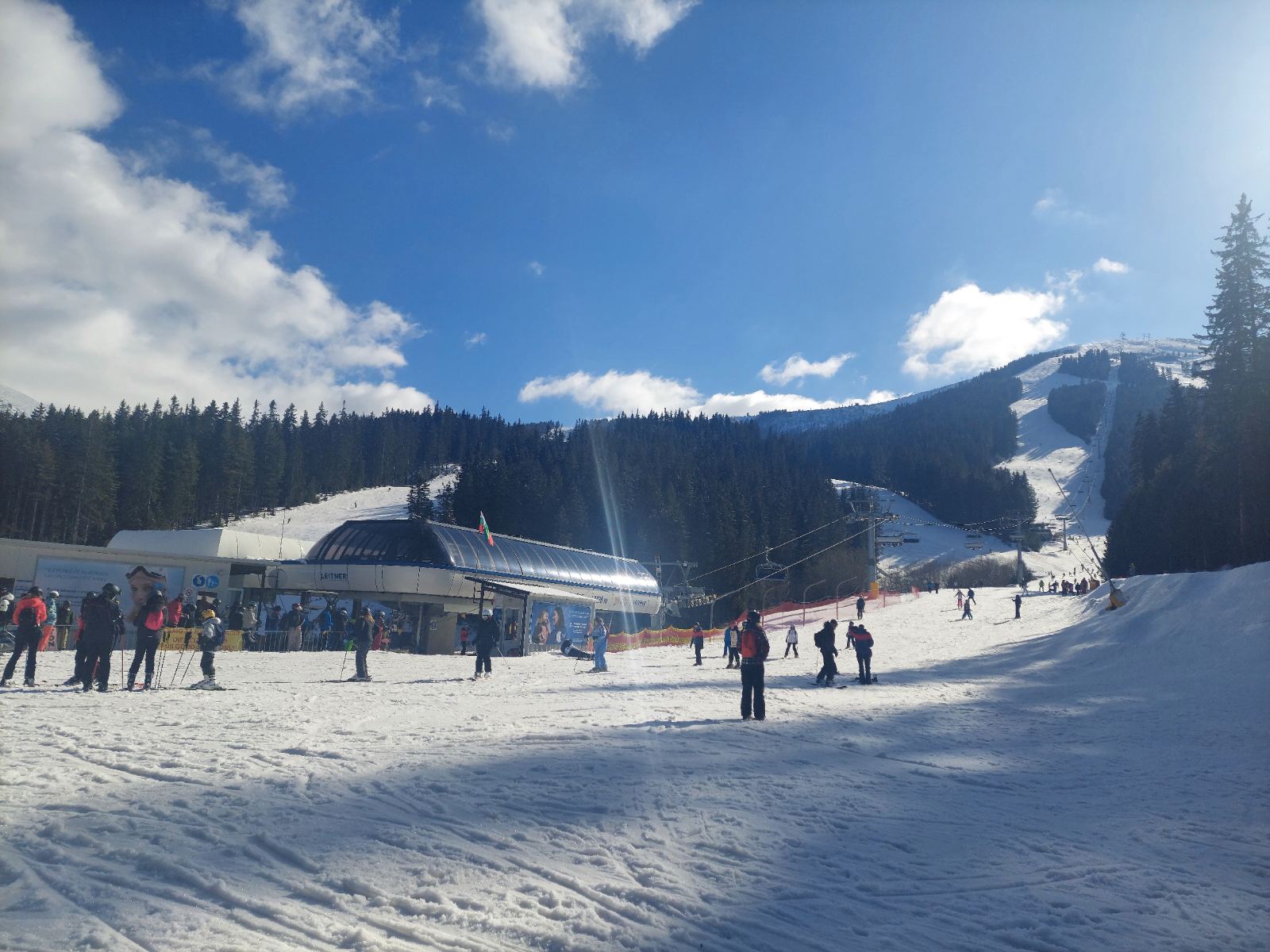
The main attraction in winter, Bansko Ski Resort, invites you to explore over 70 kilometers (43 miles) of well-maintained ski slopes. Designed to suit all skill levels, the resort features beginner-friendly green slopes, as well as the thrilling Tomba Run, which challenges even experienced skiers with its steep drops. Equipped with modern lifts, the resort ensures your day on the slopes is smooth and enjoyable. If you’re new to skiing, take lessons from professional instructors, and snowboarders can head to the park designed specifically for freestyle tricks. With the season running from December to April, you’ll find plenty of après-ski options to relax in after a full day on the slopes.
2. Pirin National Park
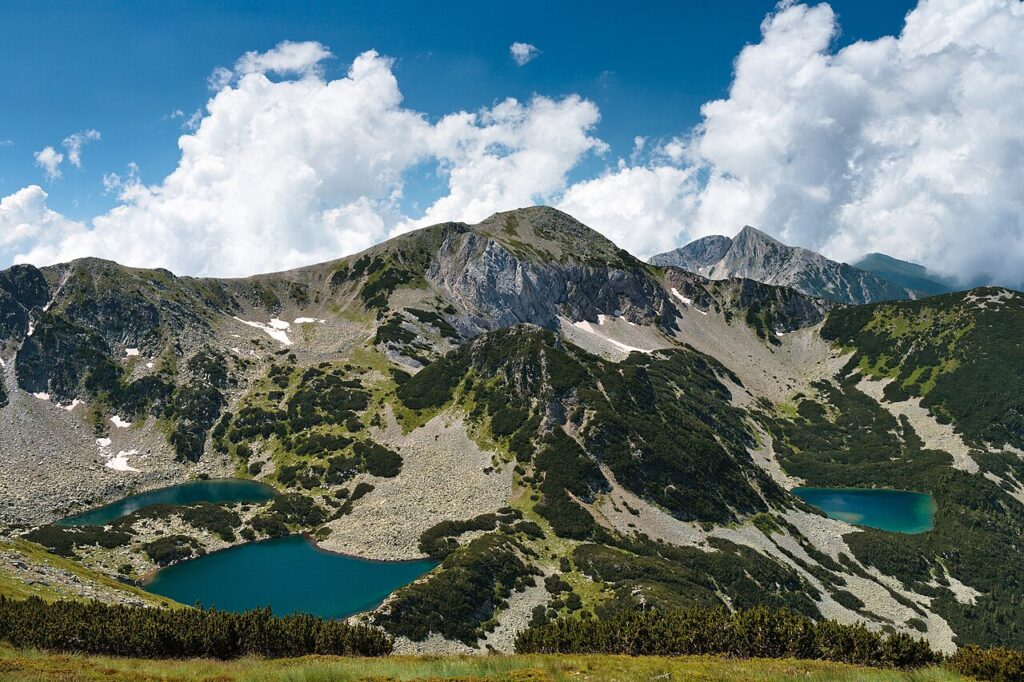
Nature lovers will want to head straight to Pirin National Park, a UNESCO World Heritage Site. The park opens up countless opportunities for hiking, climbing, and wildlife watching. Follow trails that lead you through alpine meadows, dense forests, and up to the highest point, Vihren Peak (2,914 meters/9,560 feet). The hike up is demanding but incredibly rewarding, offering panoramic views that are simply breathtaking. If you’re not up for a challenging hike, there are gentler routes, like the path to Bezbog Lake or Popovo Lake, where you can admire the tranquil waters and natural beauty of the Pirin Mountains.
3. Holy Trinity Church

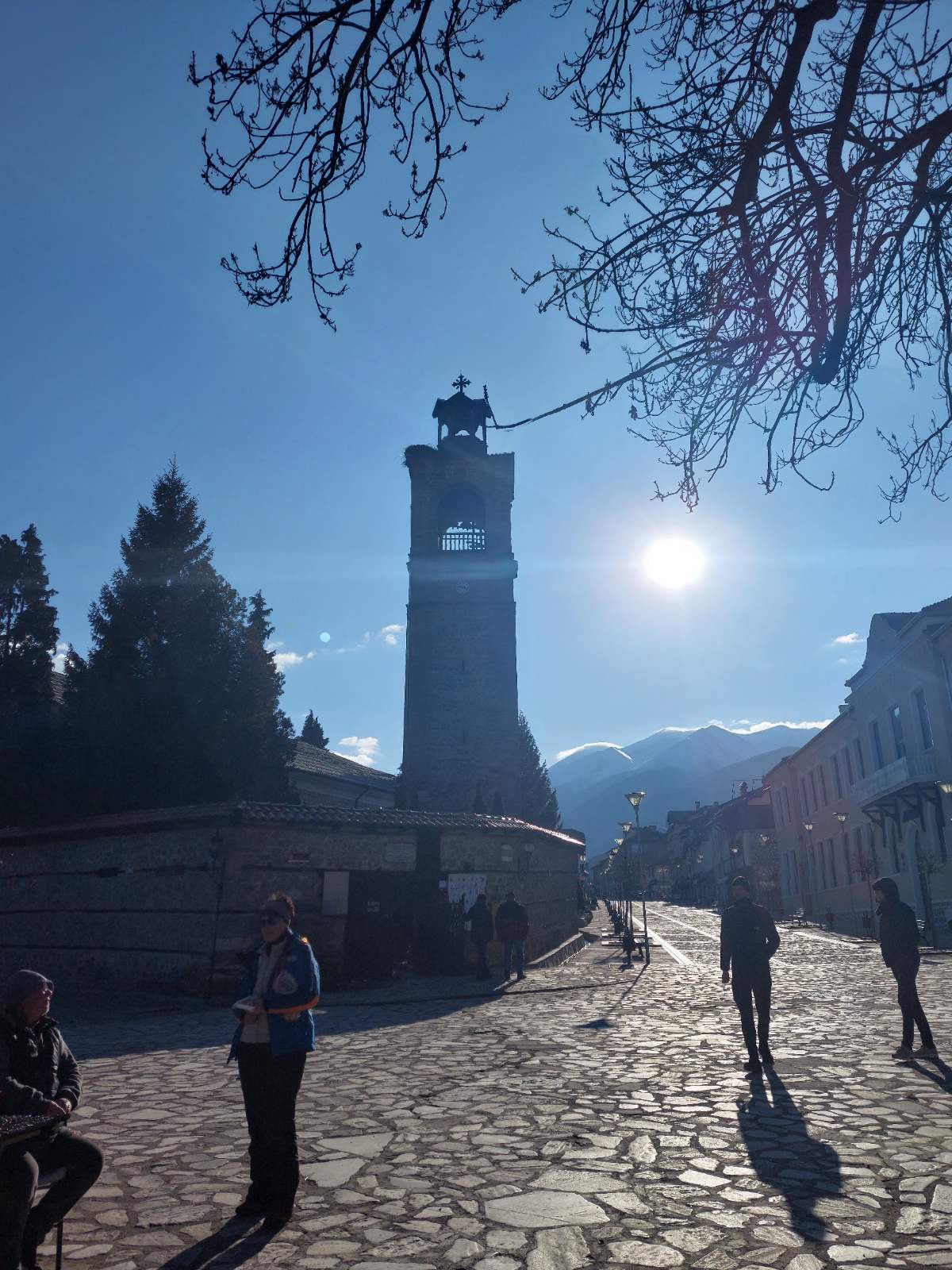
A significant cultural landmark, the Holy Trinity Church stands as a symbol of Bansko’s historical spirit. Built in the 19th century, this church played a pivotal role during Bulgaria’s fight for independence. Its towering bell and clock stand tall over the town, while inside, you’ll discover beautifully detailed frescoes and wood carvings that reflect the town’s rich religious heritage. Make sure to visit the church to not only appreciate its beauty but to understand its place in Bulgaria’s history.
4. House-Museum of Neofit Rilski

Take a walk through history at the House-Museum of Neofit Rilski, located in Bansko’s old town. This well-preserved house showcases the life and achievements of one of Bulgaria’s greatest educators. As you wander through the museum, you’ll encounter manuscripts, personal items, and exhibits that tell the story of Bulgaria’s cultural awakening. It’s a must-see for anyone interested in Bulgarian history.
5. Bansko Old Town


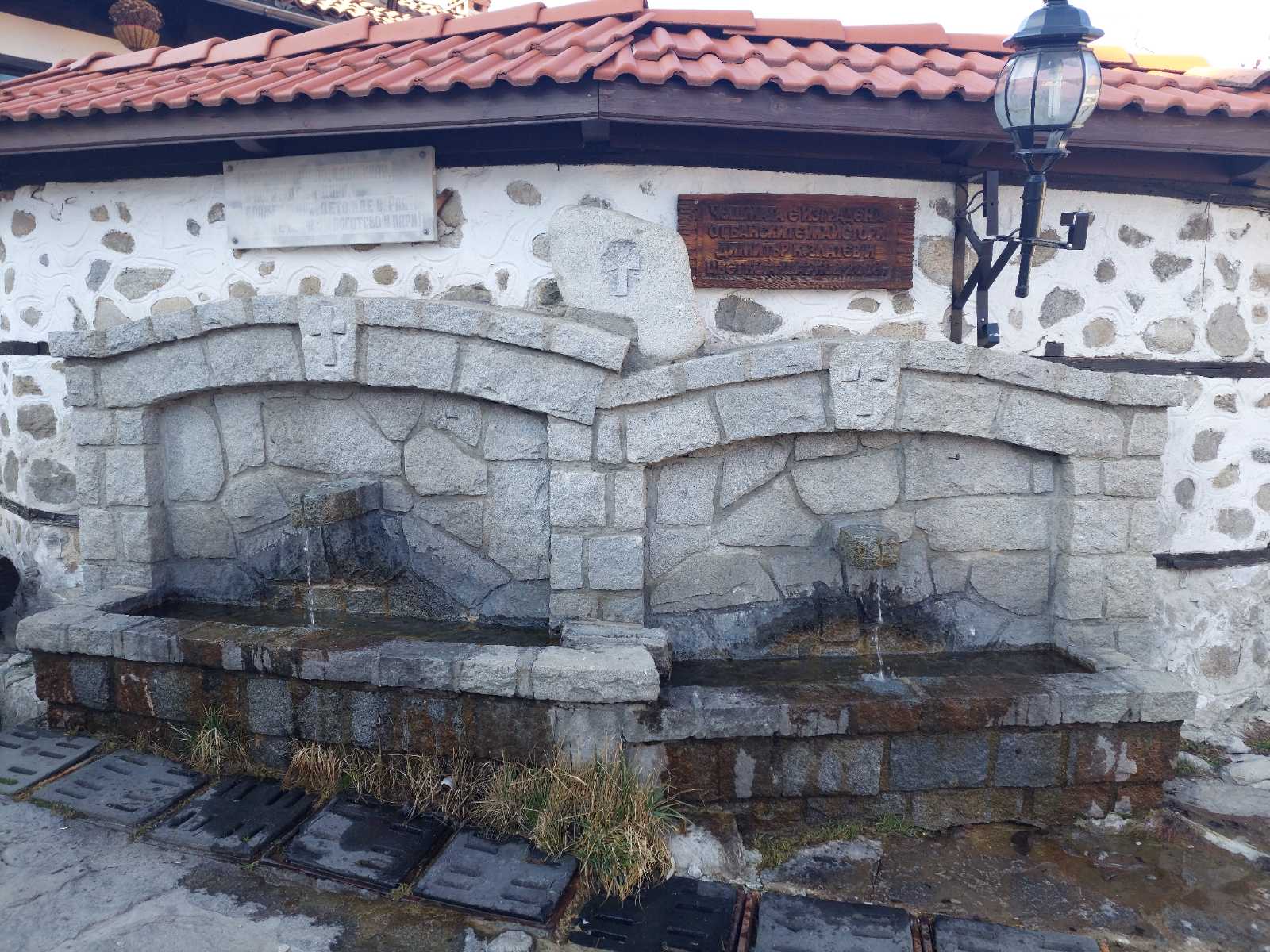
Strolling through Bansko Old Town feels like stepping back in time. The narrow, cobblestone streets are lined with traditional houses that have stood for over 200 years. These homes were built with thick walls and fortress-like structures to protect against Ottoman invaders. Don’t miss Velyanov House, a well-preserved example of Bulgarian National Revival architecture, where you can explore painted frescoes and period furnishings. As you wander, stop by local artisan shops for unique souvenirs like handmade crafts, honey, and traditional Bulgarian rose oil.
6. Pirin Street: The Heart of Bansko
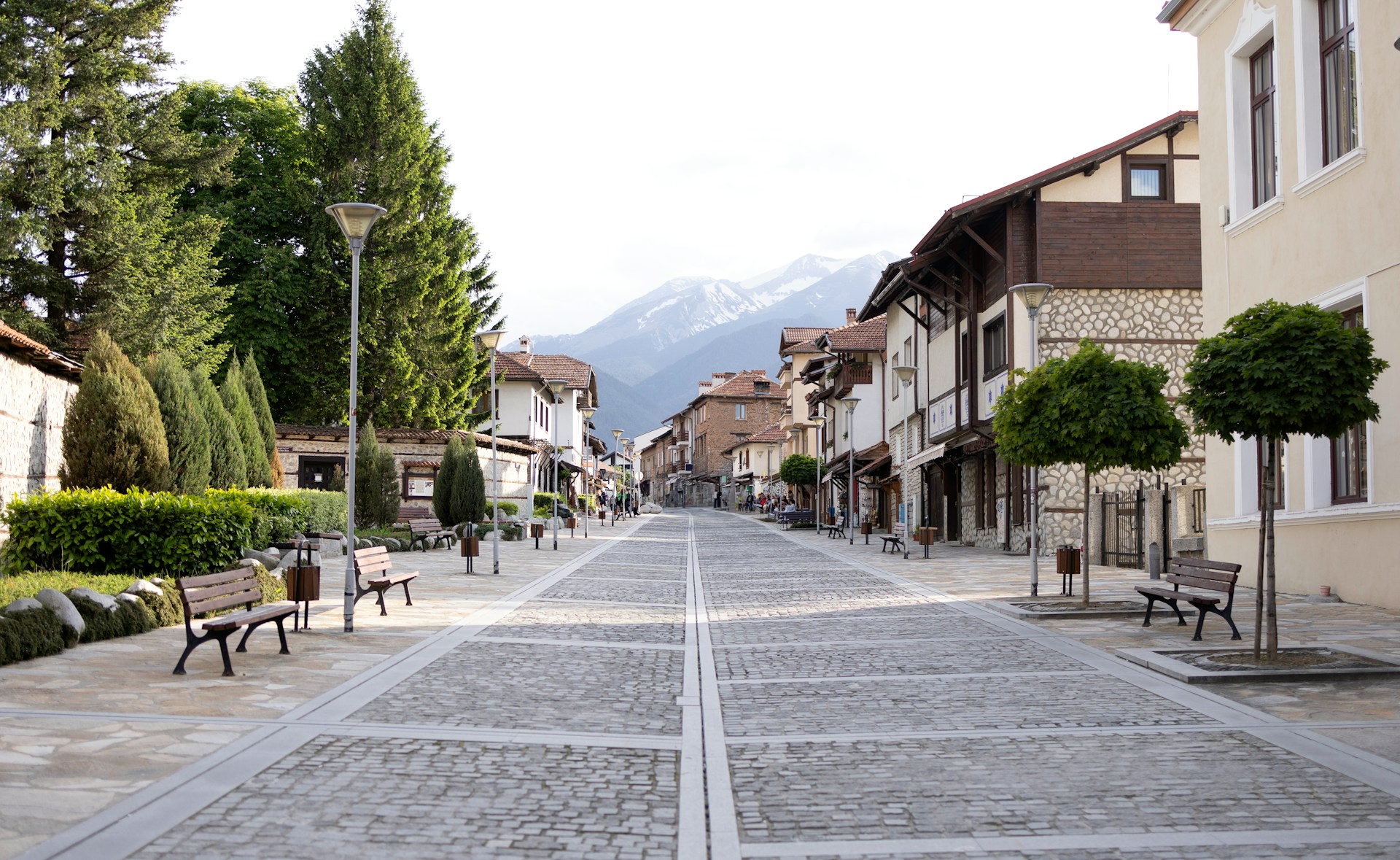
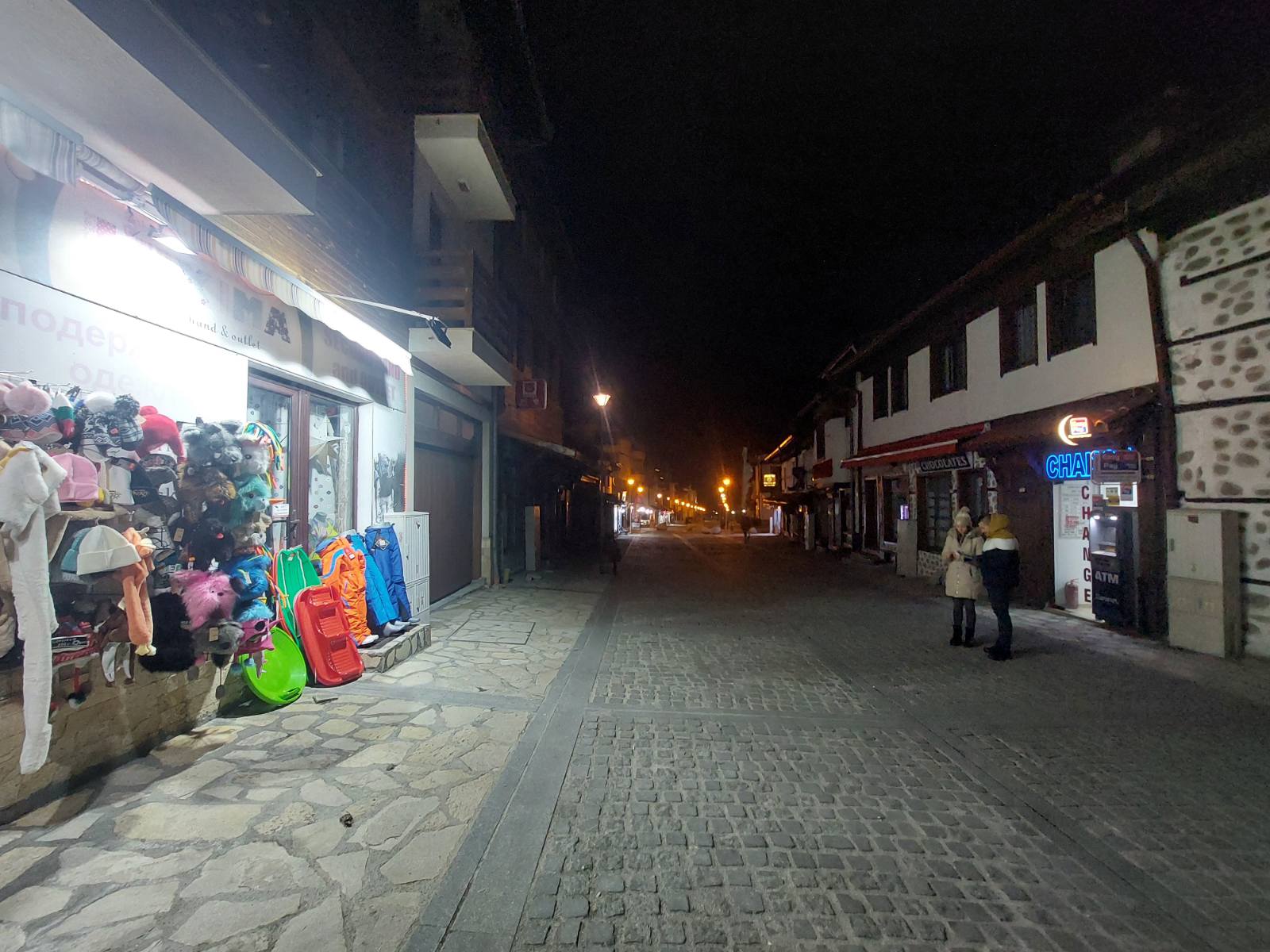
At the center of all the action, Pirin Street is Bansko’s main thoroughfare and a hub for shopping, dining, and entertainment. Whether you’re looking to grab a bite, shop for local crafts, or simply soak in the lively atmosphere, Pirin Street has it all. Lined with cozy mehanas (taverns), you can enjoy a traditional Bulgarian meal after a day of sightseeing or skiing. The street truly comes alive during festivals, with markets and events adding to its charm.
7. Banderishka Polyana
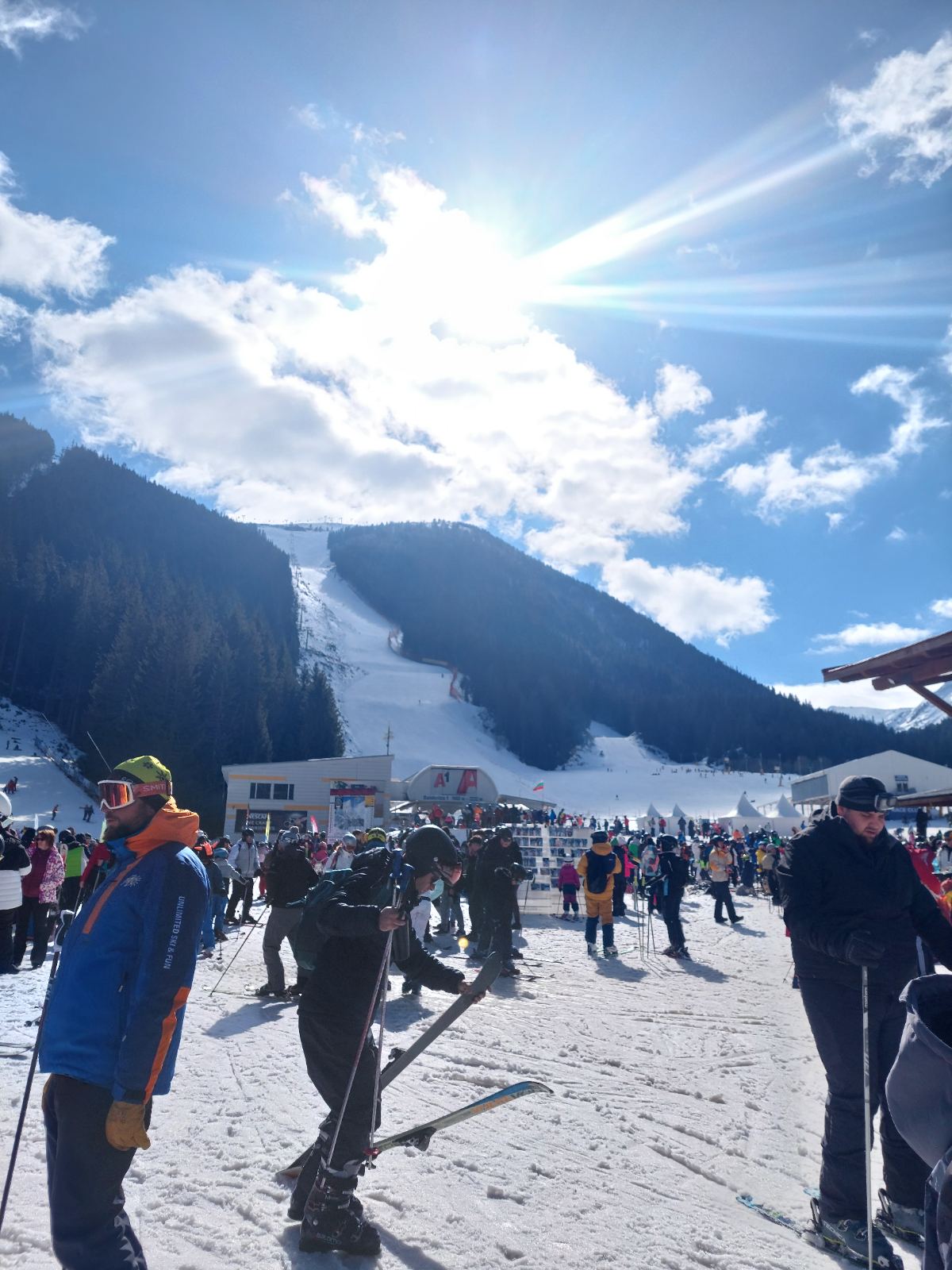
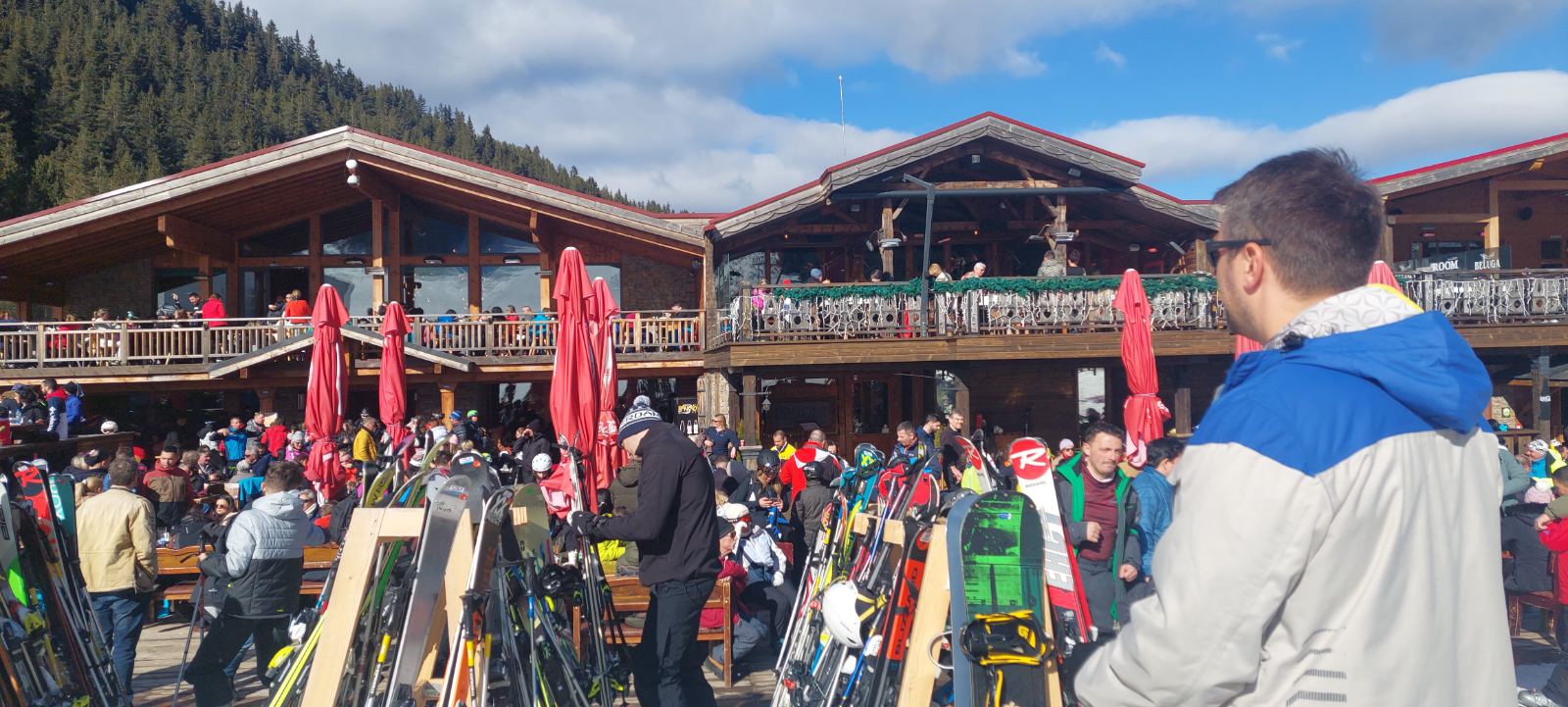
If you’re visiting in summer, head to Banderishka Polyana for outdoor adventures. This area transforms into an activity hub offering zip-lining, mountain biking, and even summer tubing. Perfect for adrenaline seekers, it’s also an ideal spot for a relaxing picnic, surrounded by the beauty of the Pirin Mountains. In winter, this same area serves as a starting point for many of the ski resort’s runs.
8. Rila Monastery (Day Trip)


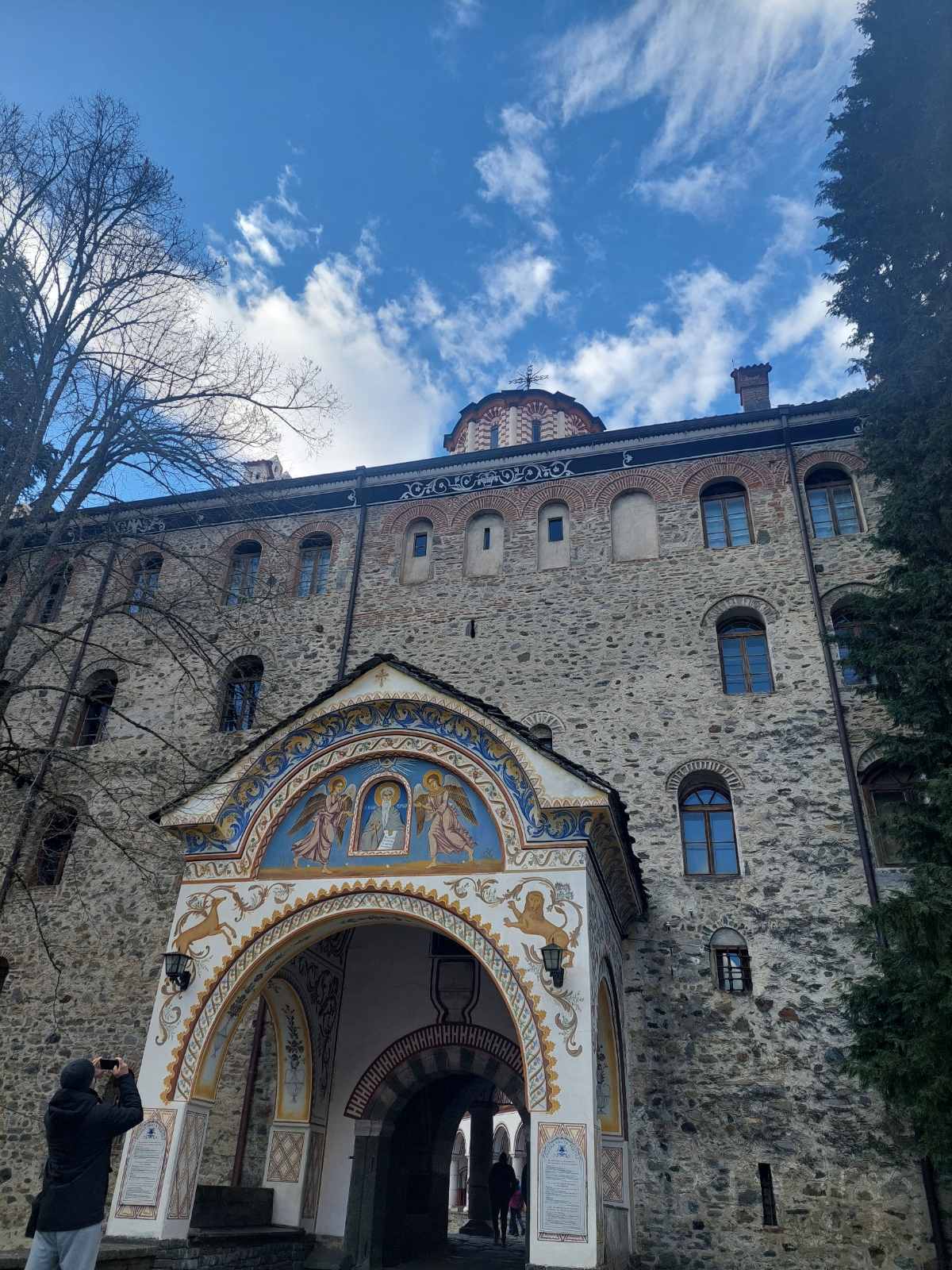
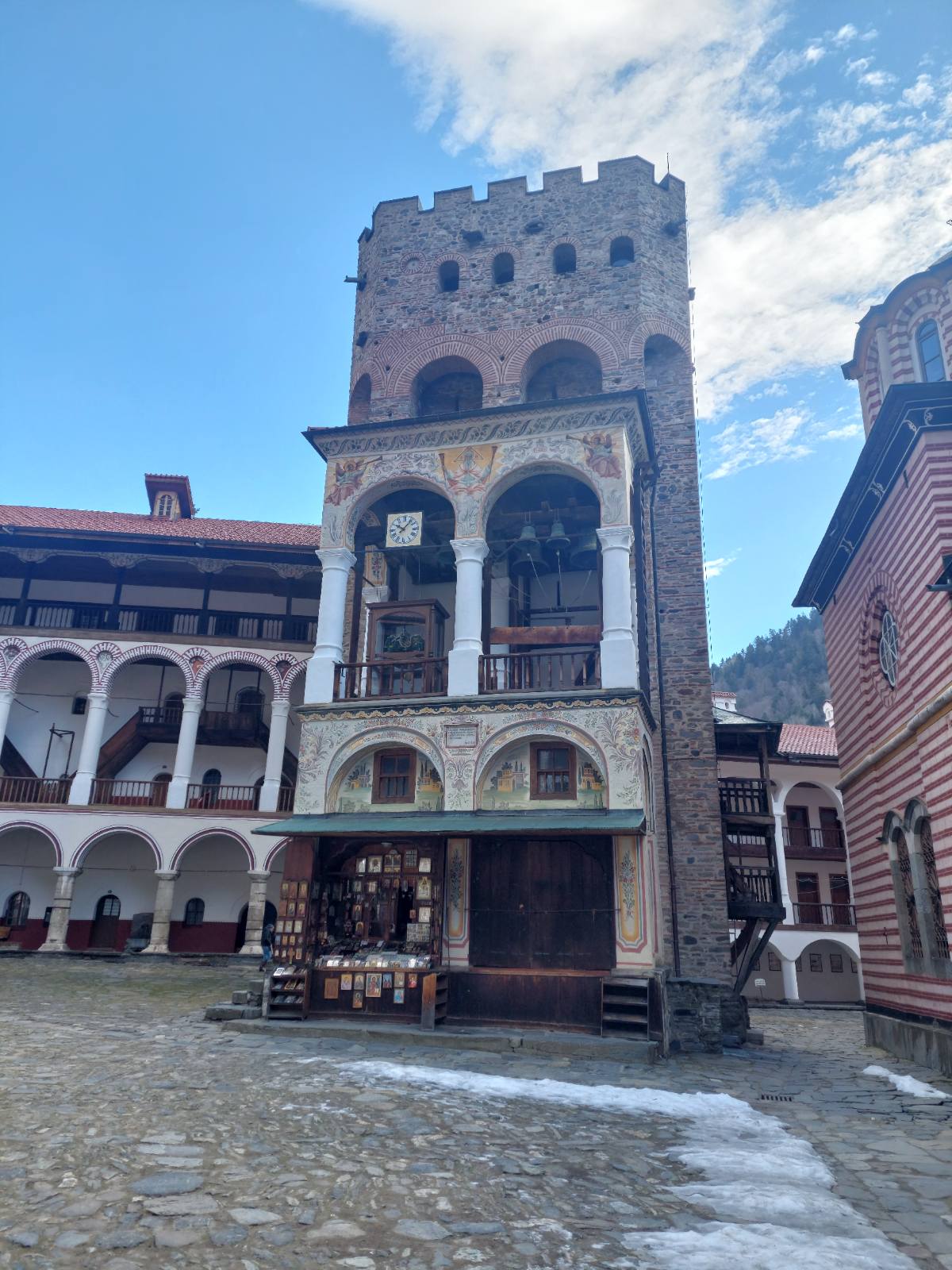
For a cultural day trip, consider visiting the Rila Monastery, about 100 kilometers (62 miles) from Bansko. As Bulgaria’s most important Eastern Orthodox monastery and a UNESCO World Heritage Site, it’s an architectural marvel. You’ll be captivated by the monastery’s intricate frescoes, wood carvings, and its towering gold-domed church. The peaceful mountain setting adds to the spiritual atmosphere, making it a worthwhile journey from Bansko.
9. St. Nicholas Waterfall (Vodopad Sveti Nikola)
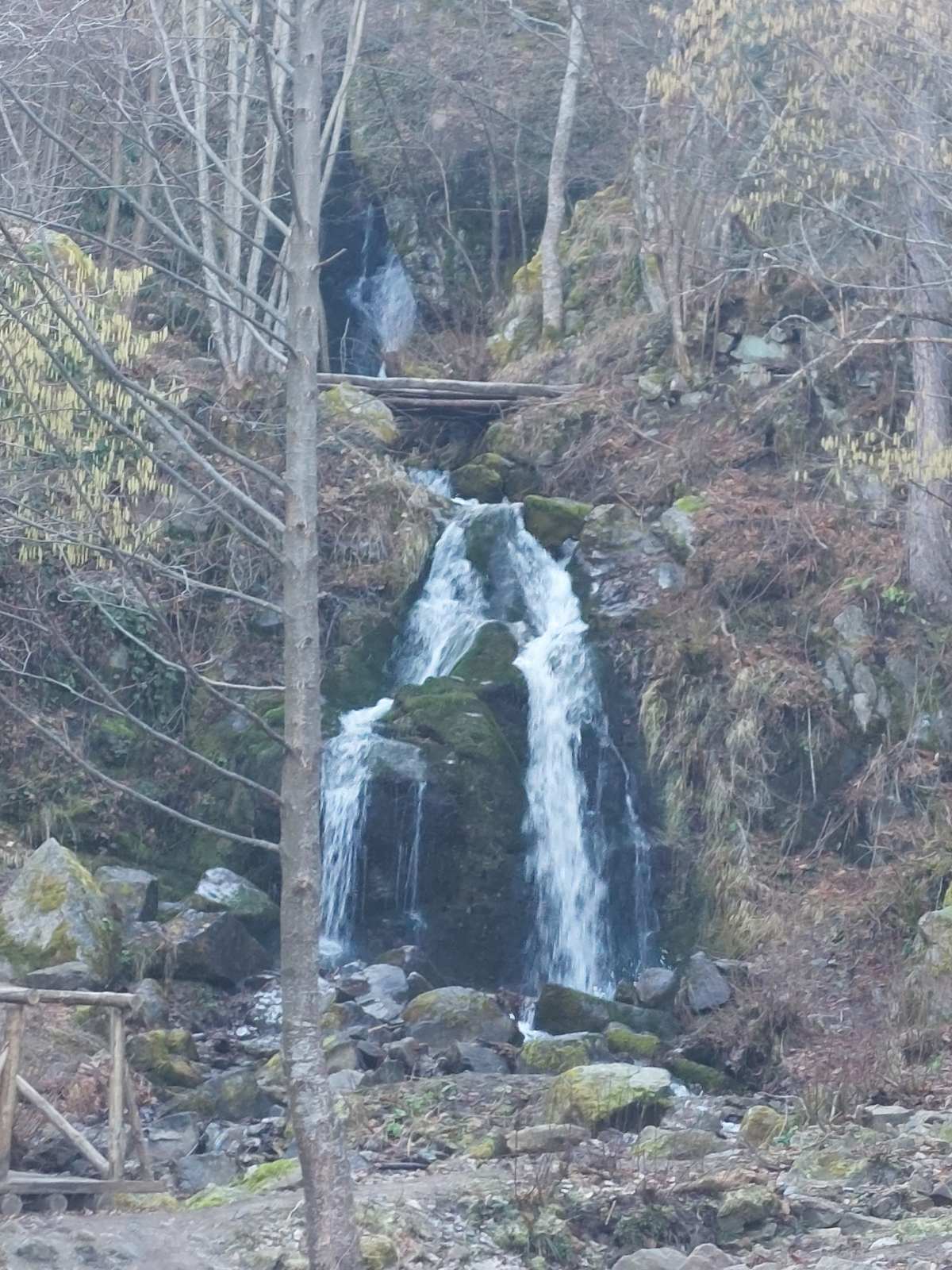
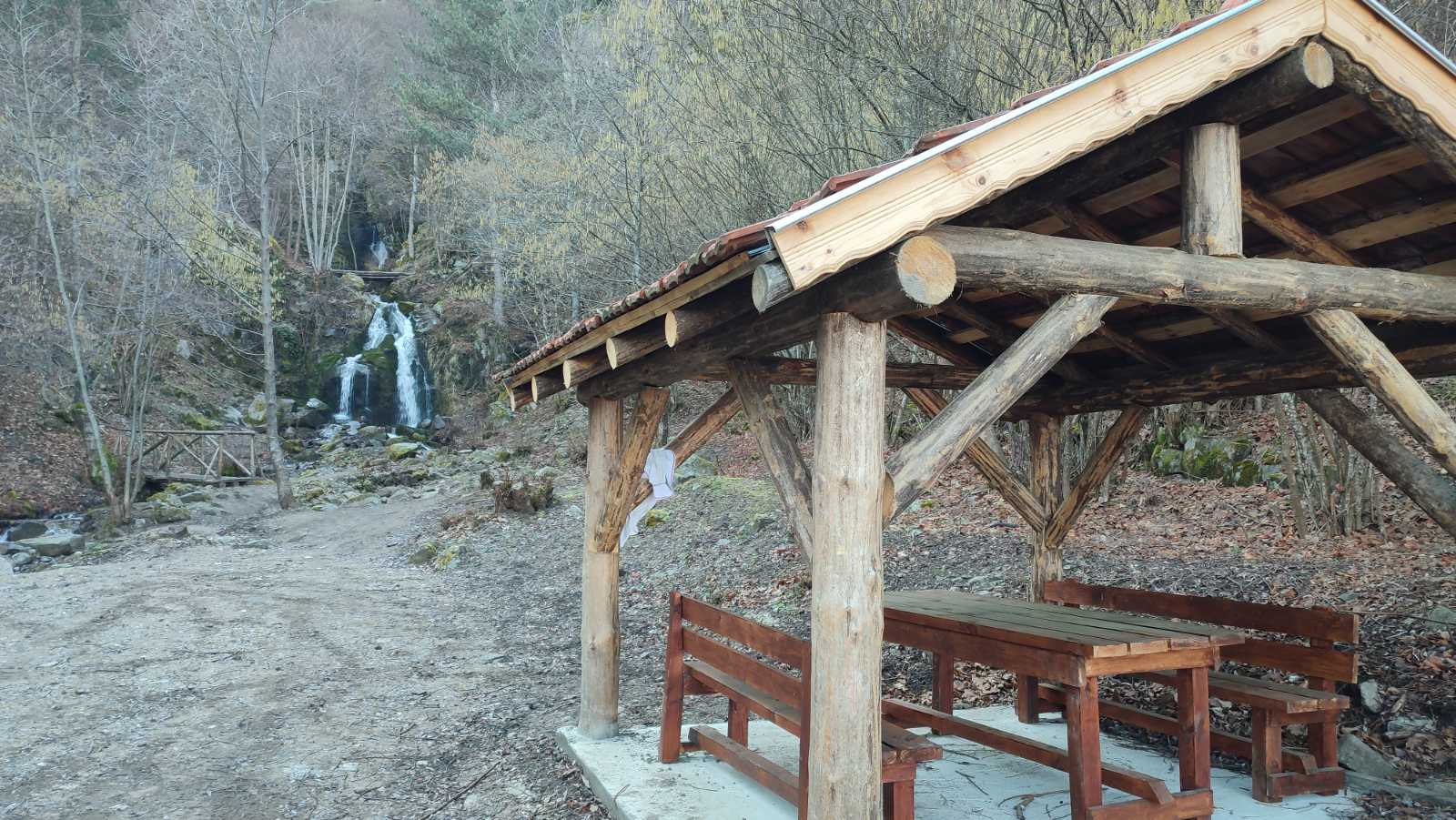
For real adventurers, make your way to St. Nicholas Waterfall. Located near Dobrinishte, about 6 kilometers (3.7 miles) from Bansko, this stunning waterfall is tucked away in the lush forests surrounding the Pirin Mountains. The journey to the waterfall is not for the faint-hearted, as the path is rough, unpaved, and challenging, making it ideal for thrill-seekers looking for an authentic experience in nature. Once you arrive, the refreshing sight and sound of the crystal-clear waters tumbling over the rocks make the trek more than worth it. As someone who’s been there, I can personally confirm that the raw beauty of St. Nicholas Waterfall is unmatched, but be prepared for a tough hike!
Where to Eat and Drink
Bansko’s food scene is a delightful mix of traditional Bulgarian cuisine and international dishes, ensuring that every meal is a culinary experience. You’ll find cozy taverns (called mehanas) scattered throughout the town, offering hearty local dishes made from fresh, seasonal ingredients.
A visit to The Log House will give you a taste of authentic Bulgarian cuisine. Don’t miss trying the kapama, a slow-cooked dish made with meat, rice, and vegetables, or the banski starec, a locally cured sausage. If you’re in the mood for something lighter, order a traditional Bulgarian salad like shopska, made with tomatoes, cucumbers, and feta cheese.
Most meals come in hearty portions, with main dishes typically around 400–500 grams (14–18 ounces), perfect after a long day of skiing or hiking. Wash it all down with a glass of rakia, a strong fruit brandy that’s popular throughout Bulgaria. If you prefer something non-alcoholic, try ayran, a refreshing yogurt-based drink.
For a more upscale experience, head to Molerite, a restaurant known for its focus on locally sourced ingredients and traditional cooking methods. Their menu often includes wild game and fresh fish from the nearby rivers.
Events and Festivals
Bansko is a town that loves to celebrate, with several festivals happening throughout the year. The most famous is the Bansko Jazz Festival, held each August. It attracts music lovers from around the world who gather to enjoy performances from internationally renowned jazz artists. The festival takes place in the open air, so bring a light jacket if you’re attending in the evening, as temperatures can drop to around 15°C (59°F).
During the winter months, you can witness the excitement of the Bansko Ski World Cup, which brings top skiers from across the globe to compete on the slopes. If you’re visiting during this time, expect temperatures to range from -5°C to 5°C (23°F to 41°F), so bundle up!

Nightlife
Bansko may be known for its outdoor adventures, but it also offers a vibrant nightlife. After a long day on the slopes or hiking trails, unwind in one of the town’s lively pubs or nightclubs. Amigo Pub is a popular spot, known for its live music and extensive drink menu. If you’re in the mood for dancing, head to Flash Club, where you can enjoy DJ sets and a party atmosphere that goes well into the night.
If you prefer a more relaxed evening, many mehanas offer live folk music and traditional Bulgarian performances. Sip on a glass of wine or rakia as you soak in the authentic Bulgarian ambiance.
Shopping
Bansko has plenty of opportunities for shopping, particularly along Pirin Street, the town’s main thoroughfare. Here, you’ll find shops selling everything from handmade souvenirs to high-quality ski gear. Local artisans offer traditional crafts such as woven rugs, pottery, and wooden carvings, which make for unique mementos of your trip.
If you’re shopping for clothing or accessories, note that sizes may be labeled in European measurements, so it’s a good idea to ask for assistance if you’re more familiar with American sizing.
Transport: Getting Around Bansko
Bansko is a small town, and many of its attractions are within walking distance. For those staying in the center, walking is the most convenient way to explore. If you’re looking to venture further, there are a few transportation options available.
During the winter season, a ski shuttle bus operates between the town and the ski area. If you prefer driving, car rentals are available, though be aware that some mountain roads can be narrow and winding. Speed limits are typically posted in kilometers per hour (km/h), with most roads in town having a limit of 50 km/h (31 mph).
Taxis are also plentiful and relatively inexpensive. Most taxi drivers charge around 1 lev per kilometer ($0.60 per mile), but it’s always good to confirm the price before you start your journey.
For a more scenic way to get around, consider renting a bicycle during the warmer months. Bansko has several bike-friendly routes that allow you to explore the town and its surroundings at your own pace.
Safety and Health: Tips for Safe Travel
Bansko is generally a safe destination for tourists, but it’s always a good idea to take standard precautions. If you’re hiking, make sure you’re properly equipped with sturdy shoes, a map, and plenty of water. Mountain trails can be steep and uneven, and weather conditions can change quickly, especially at higher altitudes. Be prepared for cooler temperatures as you ascend—bring a jacket, even in summer, when temperatures in the town might reach 25°C (77°F) but drop significantly in the mountains.
Medical care is available in Bansko, and most pharmacies are well-stocked with over-the-counter medications. However, if you’re planning to ski or engage in other high-risk activities, it’s a good idea to have travel insurance that covers winter sports.
Accommodation
Bansko offers a wide range of accommodations to suit every budget. For a luxurious stay, the Kempinski Hotel Grand Arena provides ski-in/ski-out access, a full-service spa, and stunning views of the mountains. Rooms here typically start at around €200 ($220) per night, depending on the season.
For those on a more moderate budget, Bansko Royal Towers and Avalon Hotel are excellent options, offering comfortable rooms close to the ski lifts and main attractions. Prices range from €50–100 ($55–110) per night.
If you’re looking for a more local experience, consider staying in a guesthouse or private apartment. These options often provide a more intimate and authentic experience, with prices starting as low as €30 ($33) per night.
Practical Information
- Language: The official language in Bansko is Bulgarian, but English is widely spoken, especially in tourist areas. Learning a few basic phrases in Bulgarian can enhance your experience. For example, “Zdraveyte” (Hello) and “Blagodarya” (Thank you) are always appreciated by locals.
- Currency: Bulgaria uses the Bulgarian Lev (BGN), and prices in restaurants and shops are typically displayed in leva. As a rough conversion, €1 is equivalent to about 1.96 leva, and $1 is around 1.70 leva. Credit cards are widely accepted, but it’s always a good idea to carry some cash for smaller purchases or tips.
Ready to explore Bansko? Whether you’re coming for the winter sports, the summer adventures, or just to experience Bulgaria’s rich culture and history, Bansko has something for every traveler. Be sure to pack your bags with all the essentials, and prepare for a trip filled with excitement, relaxation, and discovery.

